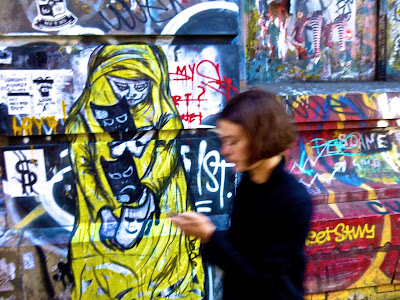(Drivebycuriosity) - Switzerland is a very democratic country. The citizen can vote about many political issues which are in other countries decided by the government. The Swiss have a kind of direct democracy. Last weekend they voted against an income lid for CEOs.
Soon they can vote about another proposal: A group of political activists proposes an income for everyone by the government (
businessinsider). The organizers want that every citizen should get 2,500 Swiss francs ($2,800) per month from the state. This would make $33,600 per capita and year.
The idea isn`t new. In the 1960s Milton Friedman recommended a negative tax rate (
nytimes). People who earn less than a certain amount should get money from the state, he proposed.
I find the idea charming. I would be happy if the government would pay me a nice monthly income for doing nothing. It reminds me of the German fairy tale from the "Schlaraffenland", about a country where everything is for free and milk & honey flow in abundance.
The proponents claim more advantages. Poverty should disappear and the Swiss economy would be more fairly distributed. An income for everyone also should significantly reduce the size of bureaucracy. It could take the place of welfare, food stamps, housing vouchers and hundreds of other programs, all at once, as The New York Times explains (
nytimes).
But I have some doubts. Some people might stay poor because they spend this money quickly for alcohol, drugs, gambling and other purposes. Some people may stop working because they don´t need that anymore. Economists call this a disincentive to work.
The biggest problem is the question, how to finance this generosity. Switzerland has around 8 million people (like New York City). Paying every Swiss citizen around $33,600 annually would cost the government in Bern around $270 billion per year, around a third of the whole Gross National Product (GNP) .
The proposers suggest, that around 70 billion Swiss Franc could be taken out of the cash boxes of the social security (
nzz). This would be a gigantic theft, the largest robbery since the Russian revolution, because the extracted money would reduce the benefits (health insurance, pensions) for the insured drastically who had trusted the social security system.
According to the proposer the rest - about 130 billion Swiss Franc - could be financed by raising consumer tax and other royalties. This would of cause an price jump and damage the Swiss consumer industry, including retail.
Soon we will see how the Swiss will decide.
















































